C&S CSFPI-C13 User manual
















This manual suits for next models
4
Table of contents
Popular Measuring Instrument manuals by other brands
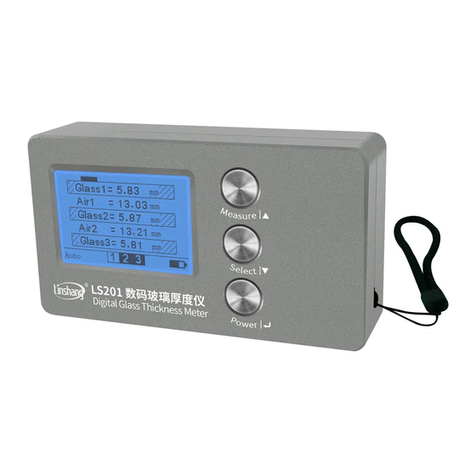
LINSHANG
LINSHANG LS201 user manual

Teledyne
Teledyne WIRELESS GROUNDLINK WQAR user guide
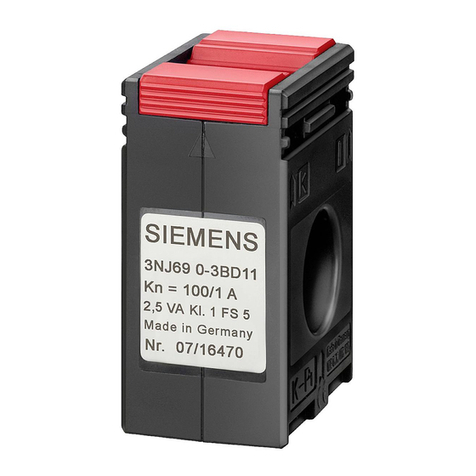
Siemens
Siemens SENTRON 3NJ69 operating instructions

National Instruments
National Instruments FD-11613 user guide
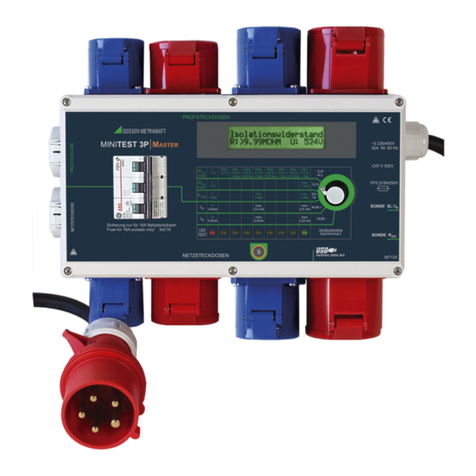
Gossen MetraWatt
Gossen MetraWatt MINITEST PRO operating instructions
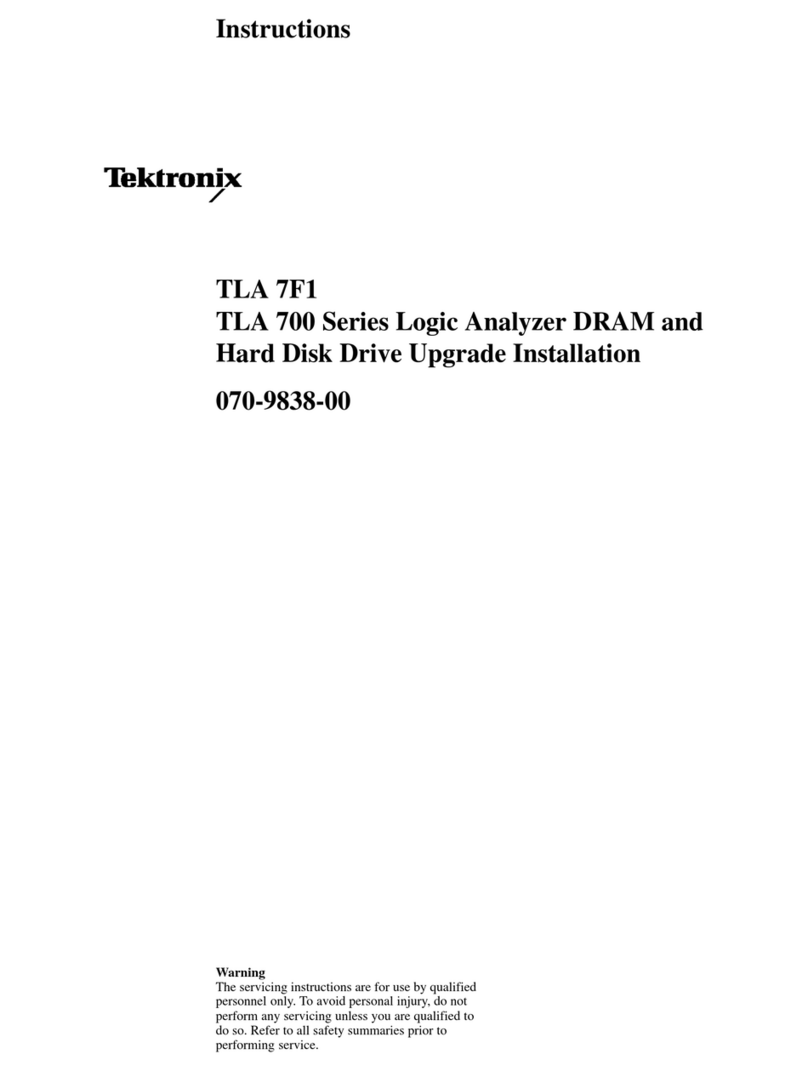
Tektronix
Tektronix TLA 7F1 instructions
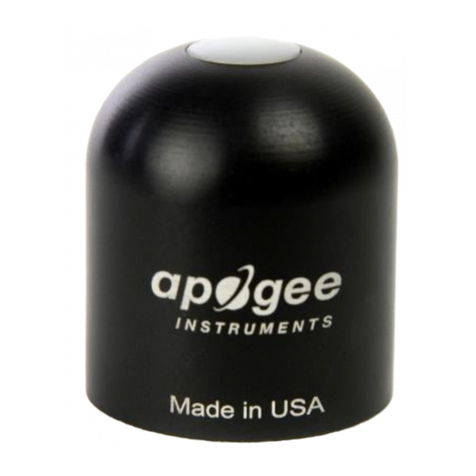
Apogee
Apogee SP-212 owner's manual

Nidek Medical
Nidek Medical OPD-Scan III Operator's manual
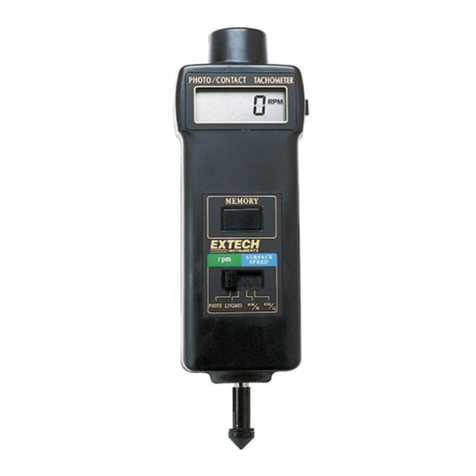
Extech Instruments
Extech Instruments 461895 instruction manual
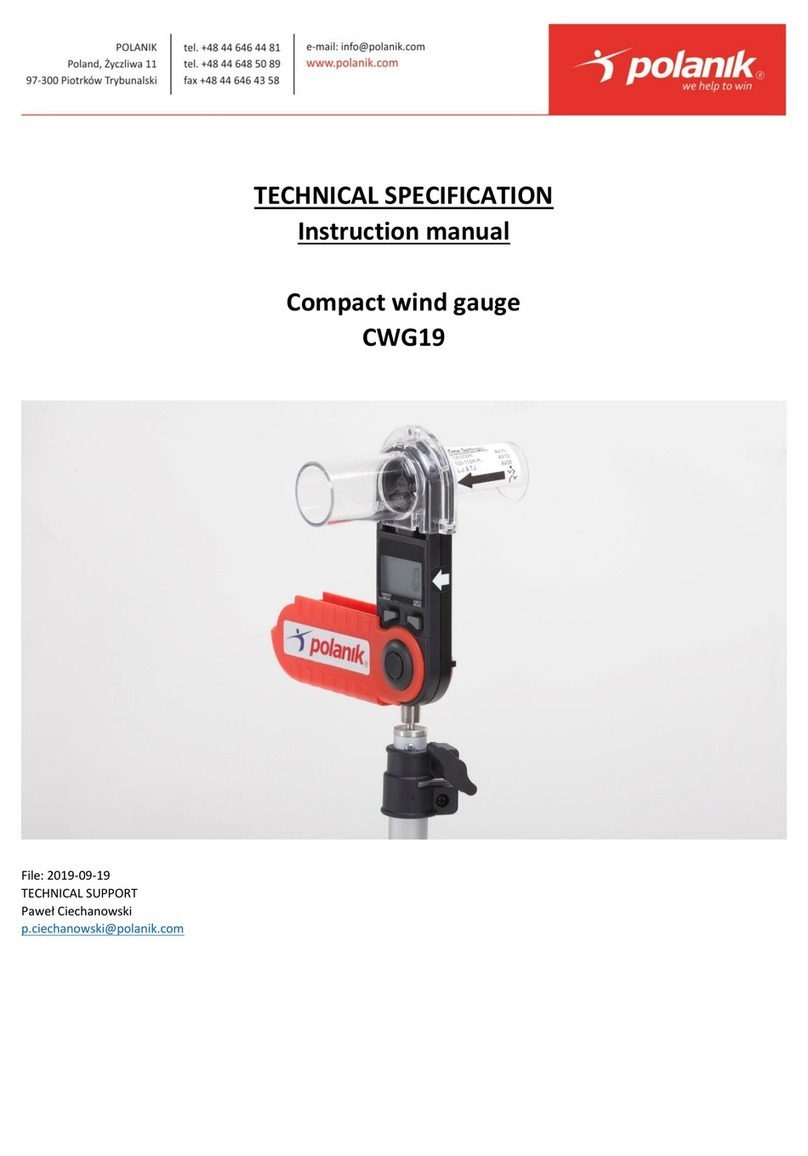
Polanik
Polanik CWG19 instruction manual
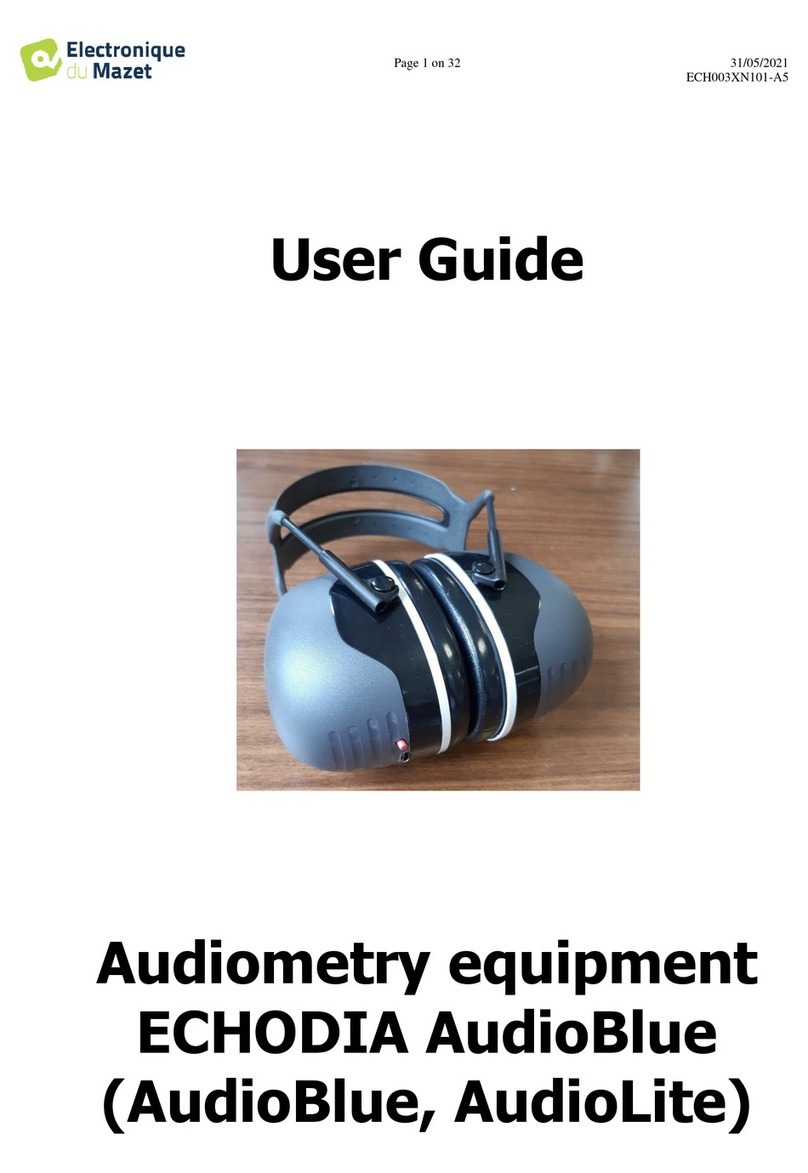
Electronique du Mazet
Electronique du Mazet AudioBlue user guide
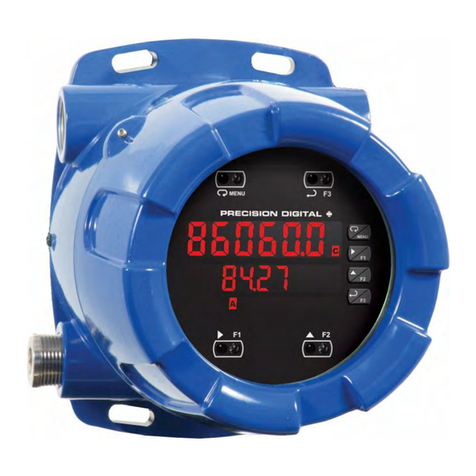
Precision Digital Corporation
Precision Digital Corporation ProtEX-MAX PD8-606 instruction manual
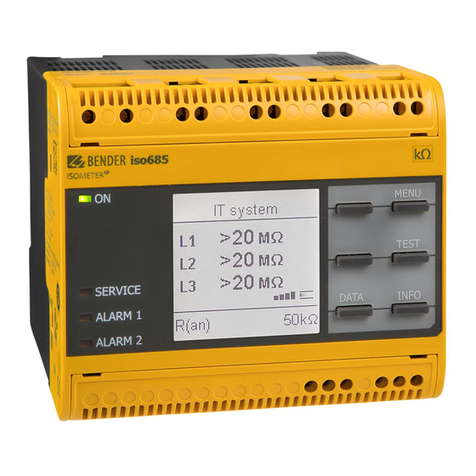
Bender
Bender ISOMETER isoNAV685-D-B quick start guide
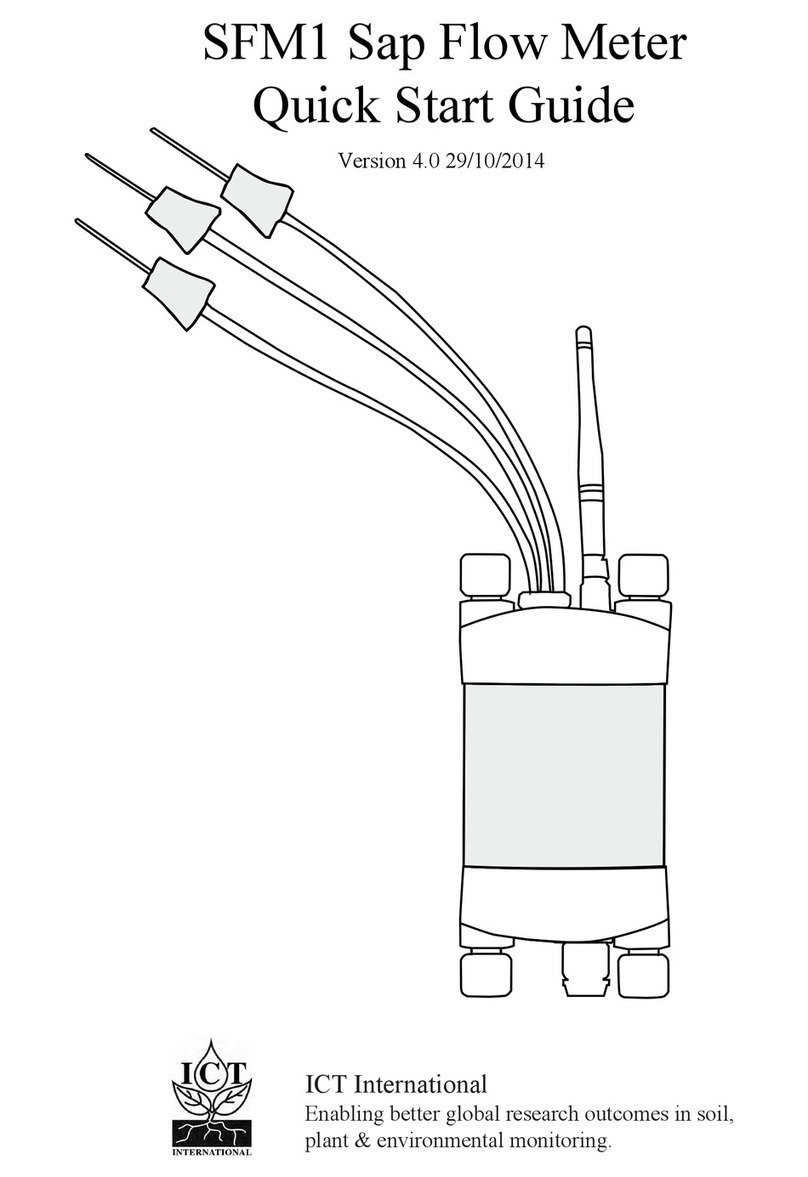
ICT
ICT SFM1 quick start guide
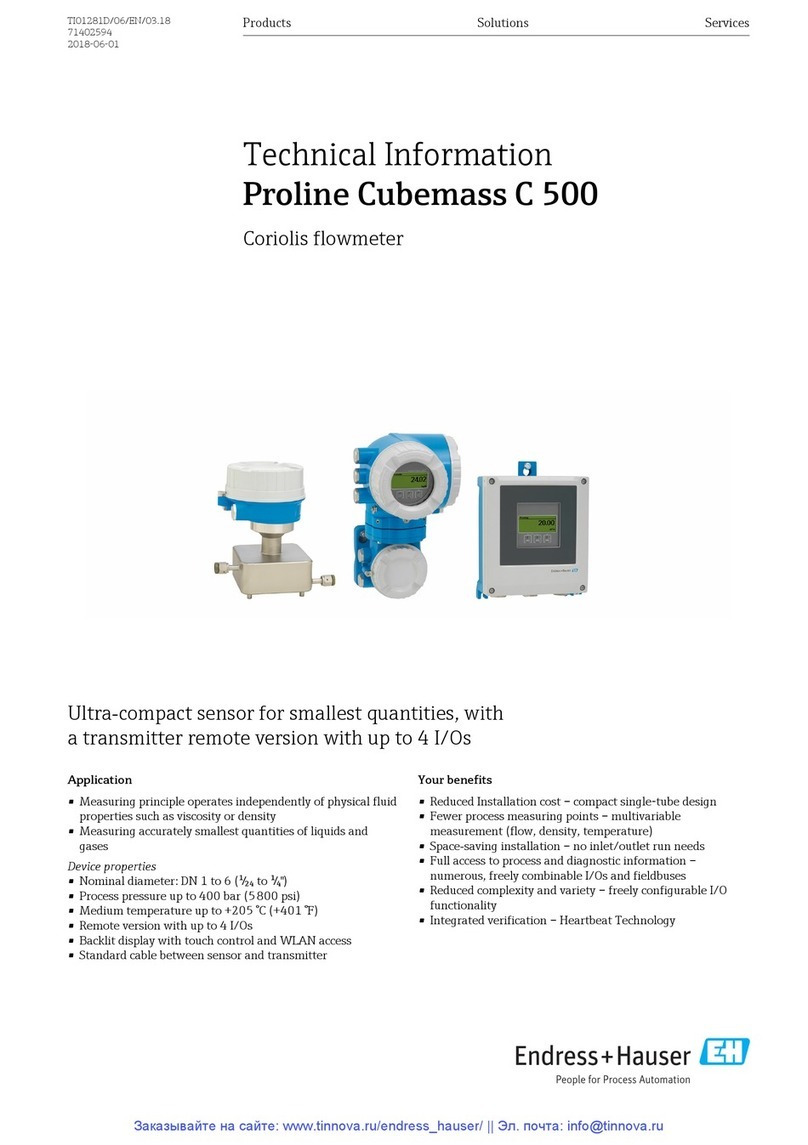
Endress+Hauser
Endress+Hauser Proline Cubemass C 500 technical information
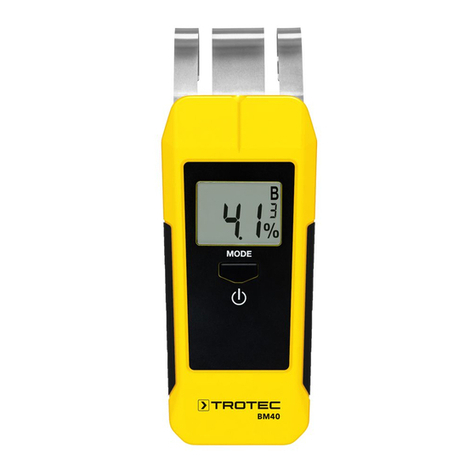
Trotec
Trotec BM40 operating manual

Plott
Plott Cubit user manual

Axioma
Axioma QALCOSONIC F1 Technical description, installation and user instructions